Introduction
Offline touch points are still invaluable for growing a business.
That’s true even when you’re building an email list online.
Look no further than Nate Checketts.
He’s the founder of Rhone, a premium activewear brand designed and built specifically for men based out of New Canaan, Connecticut.
Checketts built a pre-launch email list manually through one-on-one conversions.
And that rinky-dink list helped him pull in $80,000 in sales.
Here’s how you can make a killing like Rhone without spending a single dollar on advertising.
Start by improving an existing product
Checketts started the company back in 2013.
The catalyst was originally an issue that he and his brother-in-law wanted to solve.
They started talking about the problems with men’s workout clothes.
For example, the materials were cheap and would fall apart easily.
A larger problem presented itself when Checkett’s older sister told him that his freshly washed workout shirt smelled bad.
He had never even thought of “moisture-wicking” as a problem before.
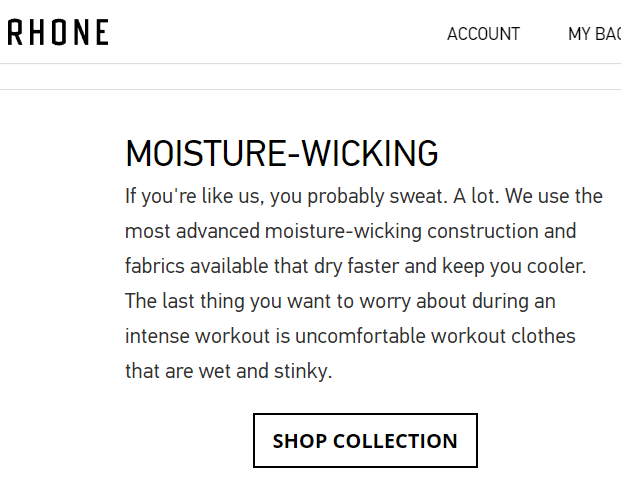
They found that most complaints in men’s gym-wear products were about the smell and sweat that made it uncomfortable.
More importantly, they did their research. They found out that most performance clothing is treated with chemicals that are designed to fade after 15 washes.
Meaning clothes would then start to absorb sweat and bacteria instead of wicking it away.
Checketts and his brother-in-law began to research if there was anything better on the market.
They found that the US military and NASA were using encapsulated silver thread.
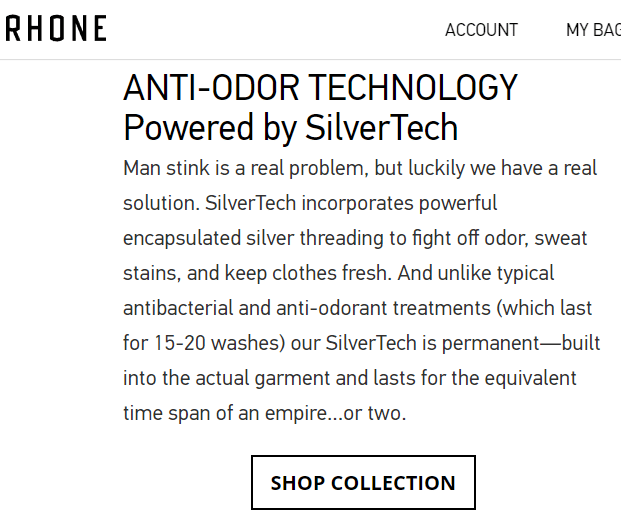


This thread is made from melted-down silver that is ejected into a polyester-based yarn. From there, it is blended with other odor and bacteria-fighting fabrics.
The company was born when they saw a huge opening in the market for the creation of men’s workout clothing using this exact technology to solve a problem.
And the next logical step was to ask themselves the tough questions:
Can we produce this product? Is there a market for it?
The real problem was figuring out if they could get people to spend hard-earned dollars on it. That was the bottom line.
Brand new, never-seen-before products might get headlines. But they’re also incredibly risky.
That’s why it’s easier (and often more profitable) to take an existing product that you know already works and improve it.
You can repurpose it for a new audience, or ‘niche-down’ to solve a very specific pain point — like removing the stench of sweat on men’s gym wear.
Customers are willing to pay for a quality product that solves their problem
Improving and creating value drives up your ability to turn a profit.
Customers are willing to pay for Rhone products because of their high-quality and ability to solve an important problem.
Nobody wants to smell bad.
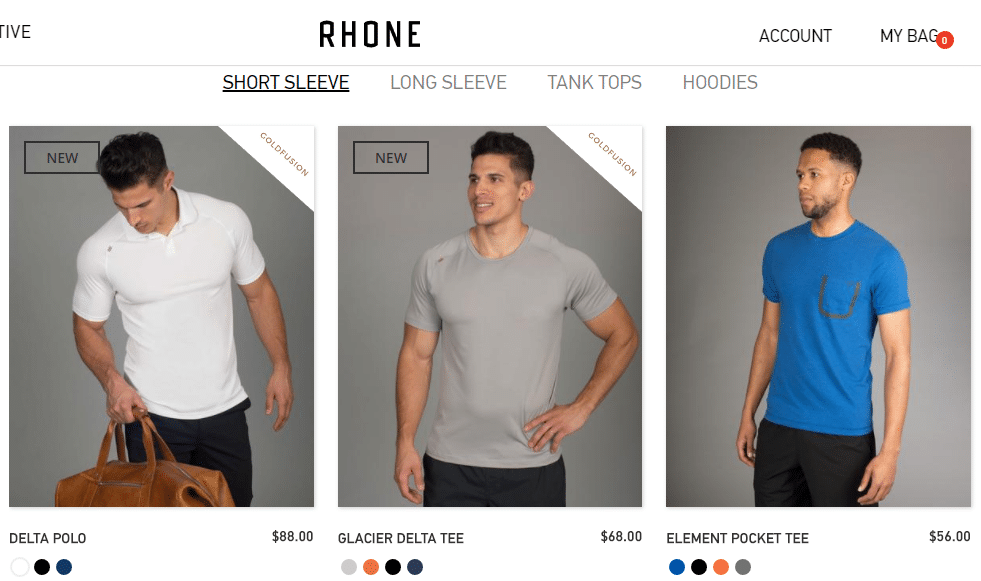


Here are some quick steps you can take to make your product more valuable:
Step 1: Understand what drives value for your customers.
For Rhone, that includes premium material that can withstand any activity.



In other words, a product that doesn’t get ruined after 10-15 washes.
This is a massive pain point for their audience. So not only are they willing to pay to solve it. But they’re more likely to pay more because it’s now positioned as a good investment.



Rhone’s products are high-quality. They could claim many different things as their value prop.
However, that’s often a mistake. Too many competing messages only create a muddled meaning.
Rhone leads with one thing and one thing only: Anti-stink technology.
Step 2: Identify the customers and segments where you can create more value relative to competitors.



There are very specific people who want what Rhone has — and are willing to pay top dollar.
Rhone’s products aren’t the cheapest on the market. Not by a long shot.
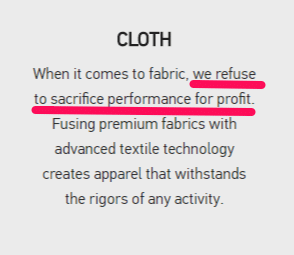


However, that’s ultimately what keeps people coming back for more. There’s no better solution out there.
Step 3: Focus your resources on your most valuable customers.



You have to show customers why your product is worth it by letting them know exactly how it can solve problems or improve their lives. Give them an incentive to invest in what you’re selling.



Your customers are the lifeblood of your business.
They’re the source of your current profits and the foundation of your future growth. These steps will help you better serve your best customers and grow your business.
Build credibility by piggybacking on other partners
Checketts found great success in the early days with Nike’s help.



Checketts spoke of the experience, saying that the feedback he received indicated an opening in the market.
People weren’t satisfied with the clothing options by Nike and Lululemon or other big competitors.
They wanted something better. And that market was still left open for Checketts to tap into.
Cross-partnerships are just one example of how you can build credibility with a new product.
For example, Apple recently released a red iPhone 7 in honor of the RED foundation.
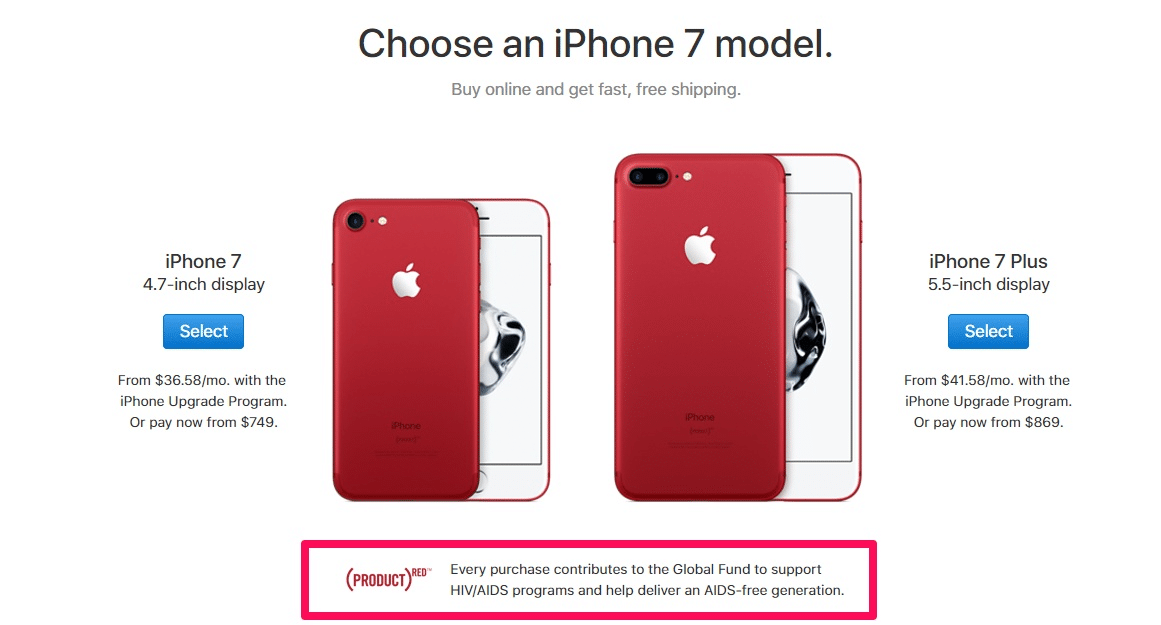


Collaborating with other companies (especially nonprofits) is probably one of the easiest ways to increase brand exposure. And you don’t actually have to do a whole lot of extra work.
In addition to partnering with other companies, Rhone also has a brand Ambassador program of men to represent the company.
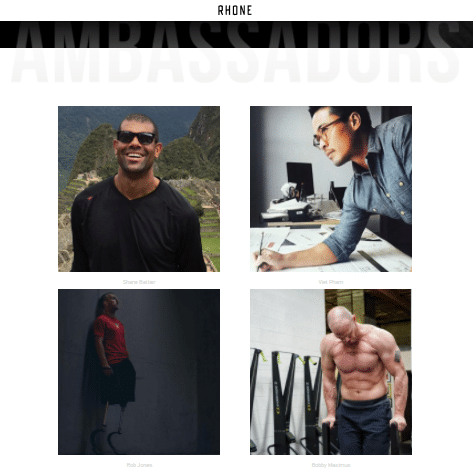


Don’t neglect how keyword research increases visibility
Google doesn’t only look at a specific keyword anymore.
Instead, they also take into account the broader context of what you’re talking about (or writing about).
And many times, the trusty old Keyword Planner that Google provides could be causing you even more problems than you realize.
For example, when Ross Hudgens of Siege Media analyzed the Keyword Planner in a Moz post, he noted that the program’s pitfalls can actually be used to get ahead of the competition.
Ross recommends looking at edge cases where a keyword has common mistakes or misspellings attributed to the correct keyword.
He says this is a great win that your competitors are likely overlooking because the head term looks smaller than it really is.
You can learn a lot from the PPC side of the world. For example, single keyword ad groups help you expand on a single keyword into all the possible variations.
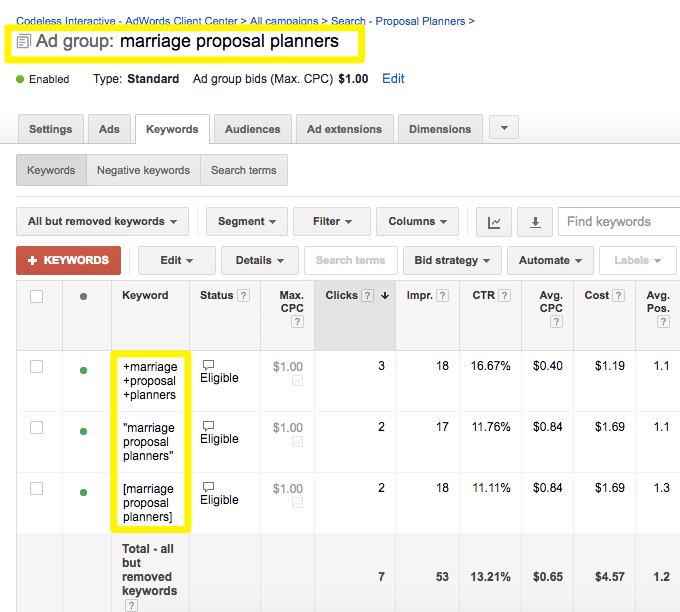


Otherwise, you can also cross-reference suggested keywords from SEMrush, Ahrefs, and Moz’s Keyword Explorer to triangulate the most accurate data set.
Here’s what research using Moz’s Keyword Explorer will look like:
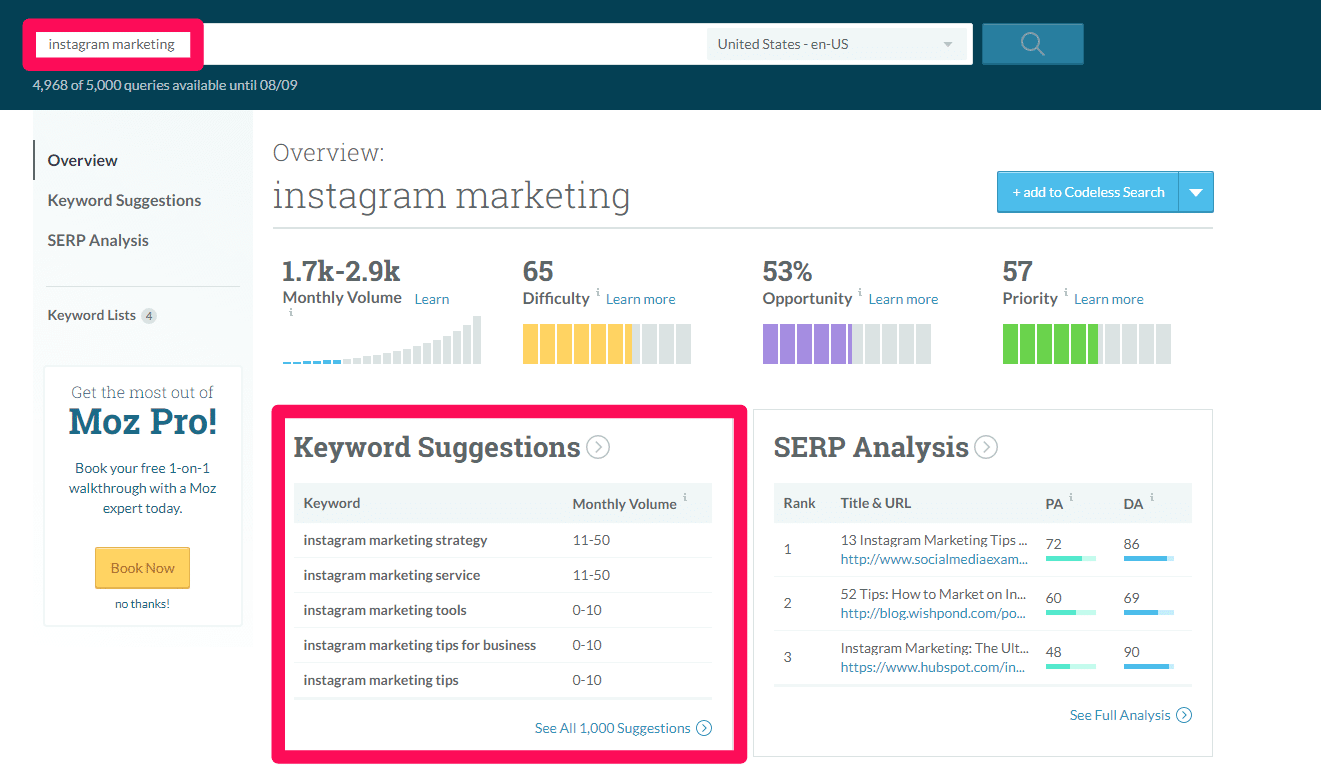


Related keyword suggestions will appear, giving you a peek into what your competition is using.
And then the full results provide opportunity and potential in addition to the standard volume or difficult metrics you normally see.



With Moz, your search query will bring up data for the monthly search volume of your keyword(s), the difficulty of getting a high ranking with those phrases, and the percentage of opportunity that your company will have by applying them to ads or ad copy.
Three additional methods for free PR
Free promotions can create buzz around your business and build a large audience without forking out anything out of pocket.
Email lists, social media shares, and referral/affiliate programs are a great way to build buyer trust and loyalty for free.
Method #1. Use email lists to drive promotion.
Checketts built an email list early on.
He essentially built it through site-wide CTAs and telling people to sign up as often as he could.
Although it may not be the sexiest of strategies, it’s still among the best-converting channels in 2017.
Just take a look at how it compares with other methods:
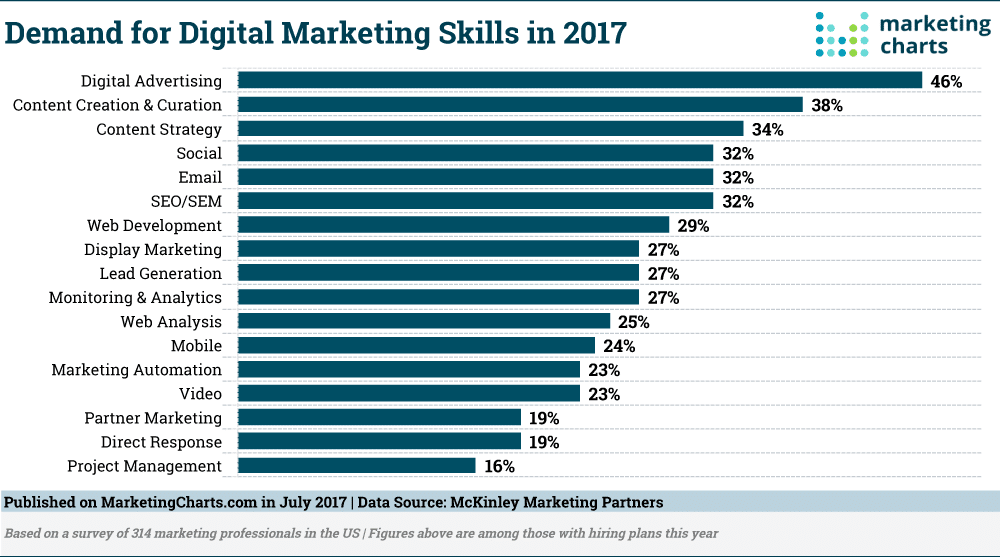


You are six times more likely to get a click-through from an email campaign than you are from a tweet.
And what about ROI?
Well, for each dollar spent, email has an average ROI of $38.
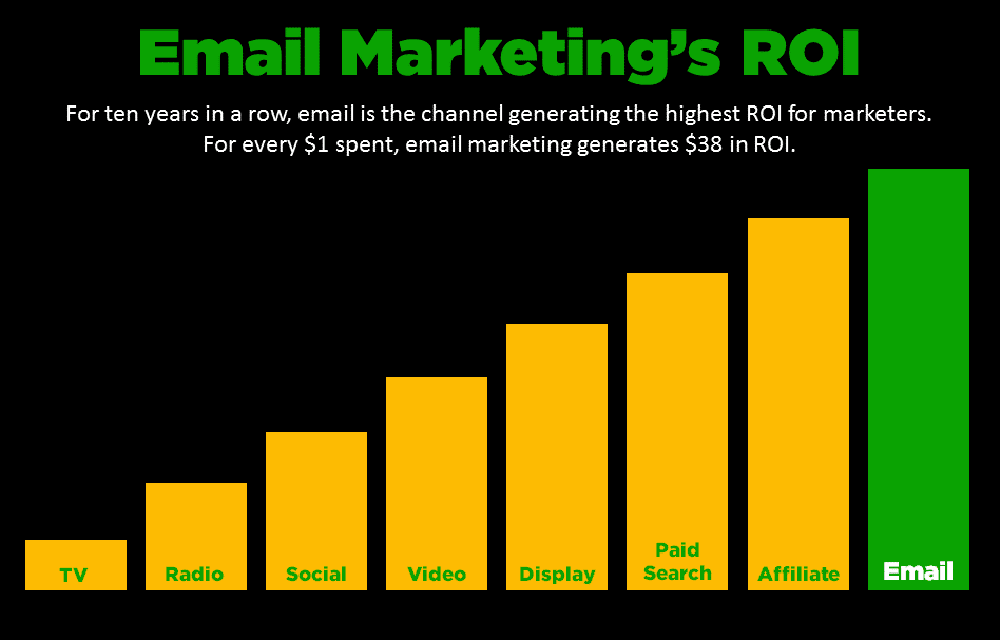


To start building your own email list, it’s critical that you develop great CTAs on your site.
Use them to deliver a perfect call to action that gives value to the consumer.
To get started making a CTA, you can use a program like Hello Bar.
First, head to the homepage and create your free account:
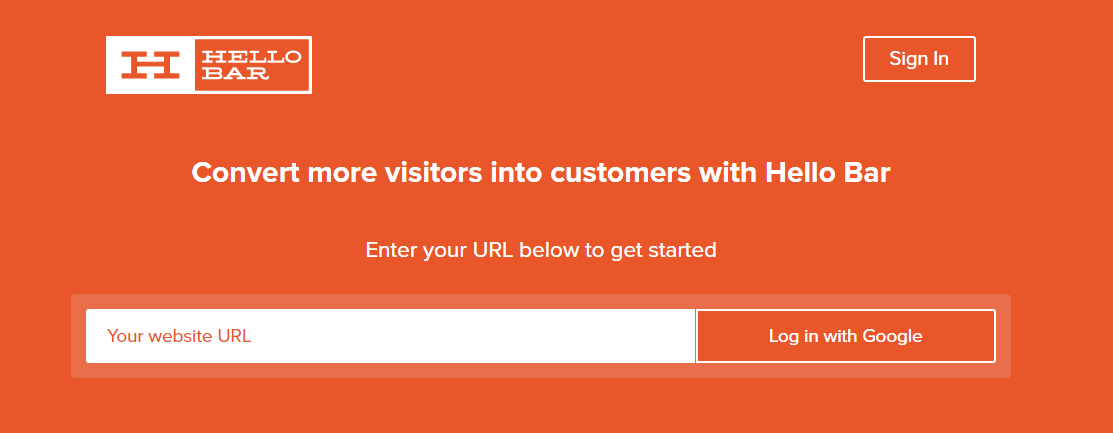


Once you’ve signed up for a free account with your Gmail, you can easily start to create an email-list CTA that will convert.
Next, you’ll be asked to select a specific goal with your new CTA.
For this, we want to select “Grow Your Mailing List.”



This will help us focus our efforts on building the email list to leverage for PR!
Next, customize the CTA you want to pitch:
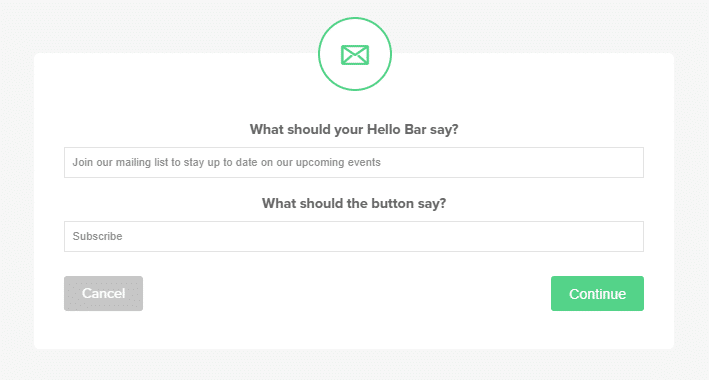


Focus here on giving people an excellent value proposition. Why should someone give you their email? Can they get deals, sales, coupons? What’s in it for them?
Remember: providing value and concrete benefits should be your goal, always. Don’t ask for an email if you aren’t giving them something of value.
Here’s what your finished product will look like on a live site:



It’s a less invasive way to collect tons of leads on your email lists. Instead of annoying pop-ups or slide-in style CTAs that are disruptive, this one casually sits at the top.
Once you’ve started building up an email list, you can begin to leverage that list for PR by sending your latest promotions and content!
Method #2. Start scheduling social media.
According to Garrett Moon, founder of CoSchedule, a well-executed social schedule should look something like this:
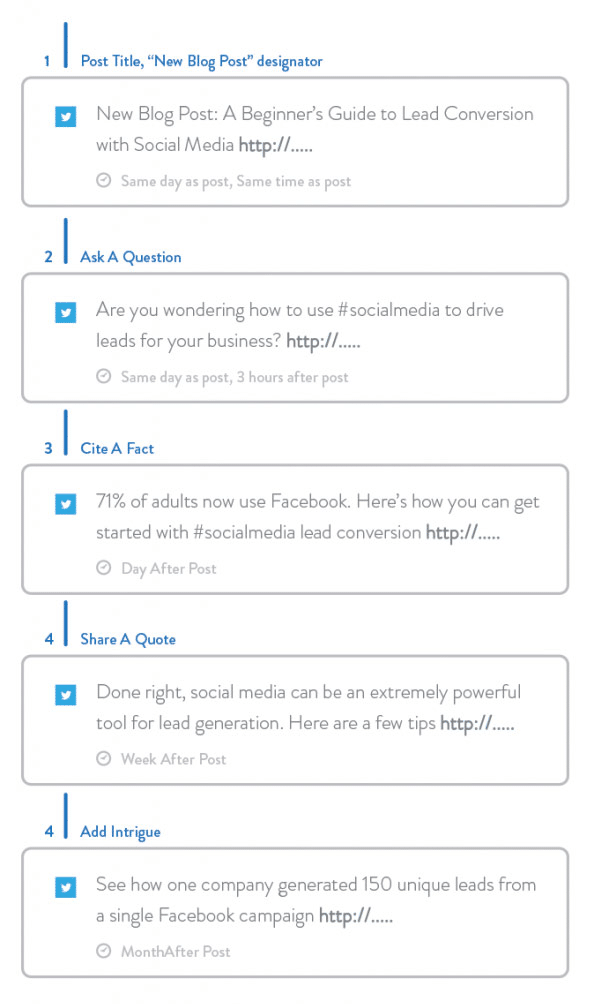


Why? Because sharing your content multiple times is the best way to drive optimal traffic amounts.
Not everybody is going to see your first Facebook post or Tweet. There’s too many in their timelines.
So it only makes sense to repurpose sections of your content for new posts.
The best social sharing timeline involves multiple posts after the original post:
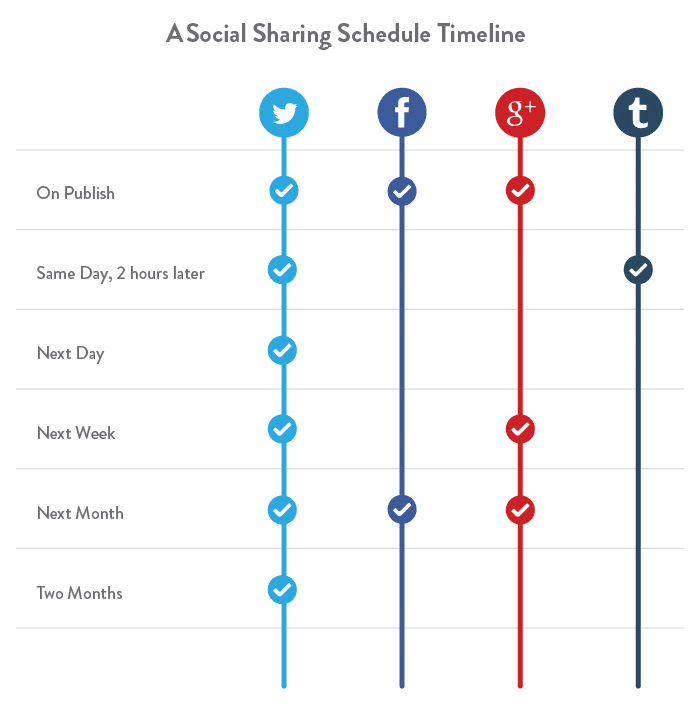


Using this tactic is an excellent way to try out new ideas on your followers. For instance, does asking questions increase reader engagement?
This process gives you a great opportunity to test alternate headlines.
An example of an engaging post to schedule out may look something like this:



You can use a free tool like Buffer to get started.
Simply create a new account head to your dashboard:
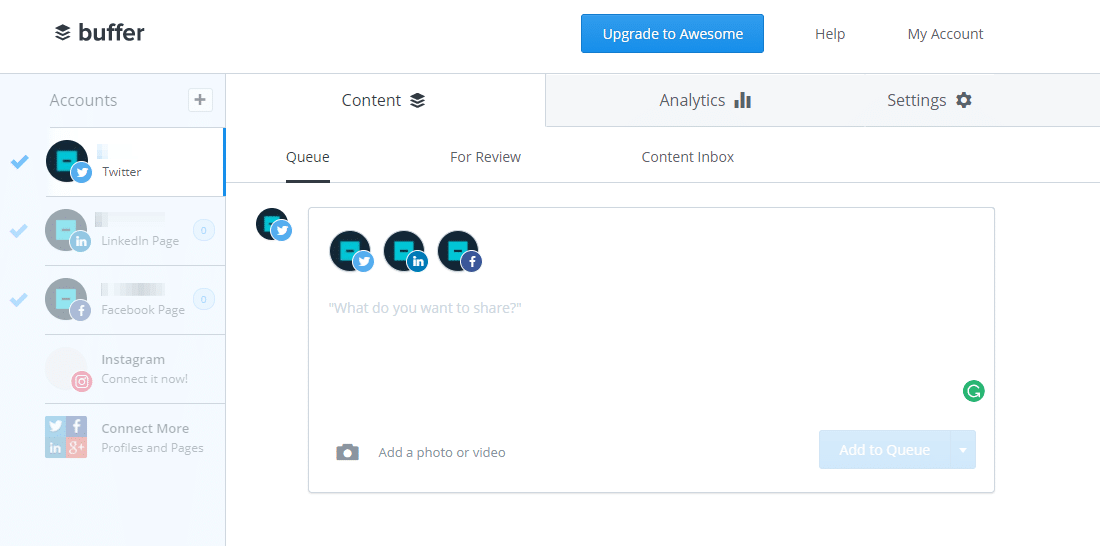


From here you can simply paste a new link into the Queue box to generate information on it:
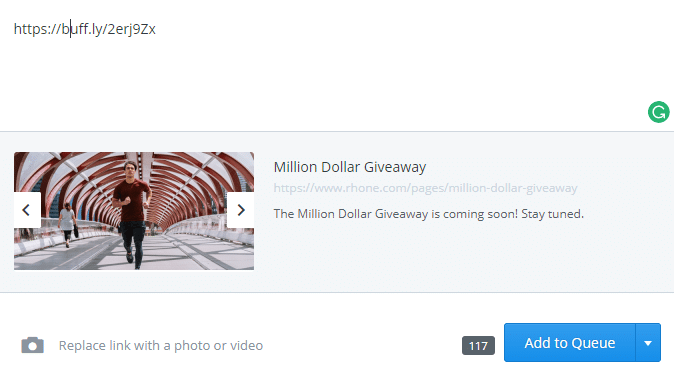


Next, just add any extra text that you need and add that post to your Queue. Make sure to select all of the social platforms you want to share it on.
You can then “Re-Buffer” a successful post by heading to your Analytics section:
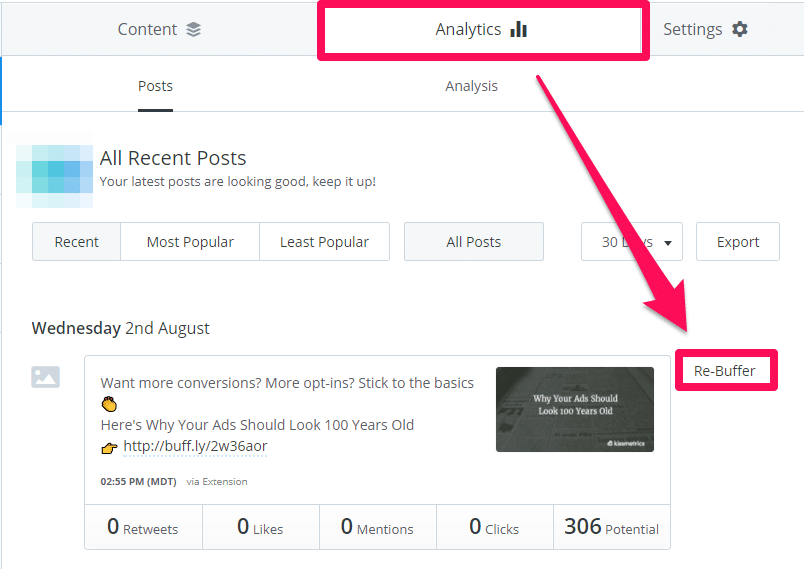


This will allow you to easily create multiple posts to share for many days after the post or link is live!
Method #3. Push your referral programs
Advocate marketing and customer referral programs have been in the limelight recently and for good reasons.
One in three people is introduced to a brand through a recommendation. And those who were referred by loyal customers have a 37% higher retention rate.
When it comes to considering a first-time buy or something relatively expensive, word of mouth is the main factor behind 20-50% all purchasing decisions.
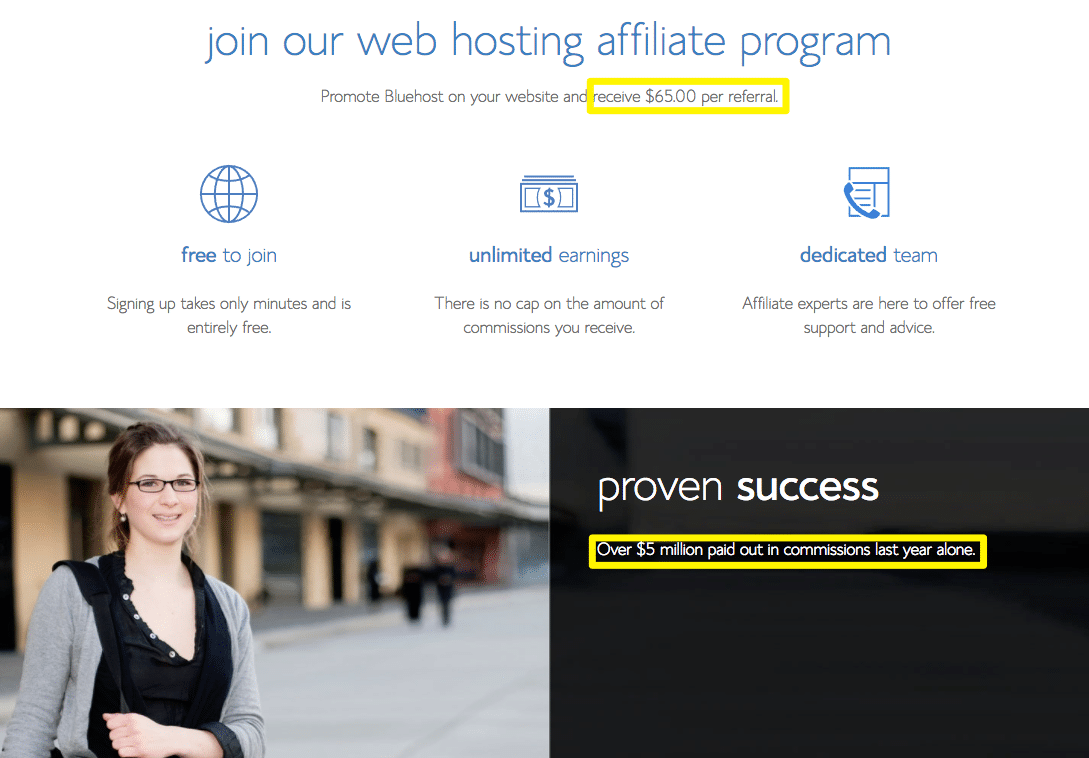


But what does all of this mean for you?
Advocacy from trusted sources is a leading factor in your prospect’s decision-making process.
People want to hear from other real people. They’re tired of the same nameless, faceless, brand messages.
The question is, are you harnessing the power of your brand advocates to get these quality referrals?
There are a few quick steps that you can take to building a customer referral program to start reaping the benefits of referral leads.
In fact, on average, referral leads are 4-10x more valuable than regular leads and result in shorter sales cycles, larger order sizes, and increased win rates.
Just look at how Rhone was able to implement this:
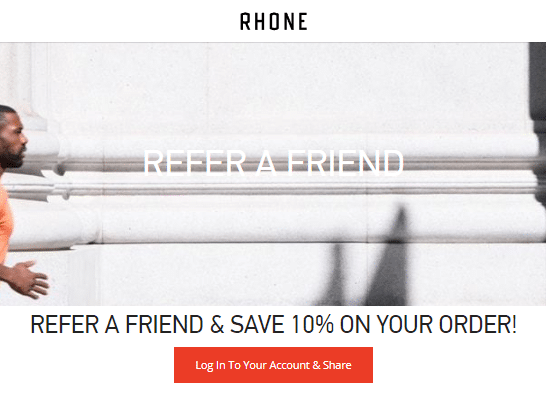


And the good news is that it’s actually not hard to implement on your own!
With platforms like Shopify, you can easily integrate ReferralCandy, one of the best referral applications on the market.
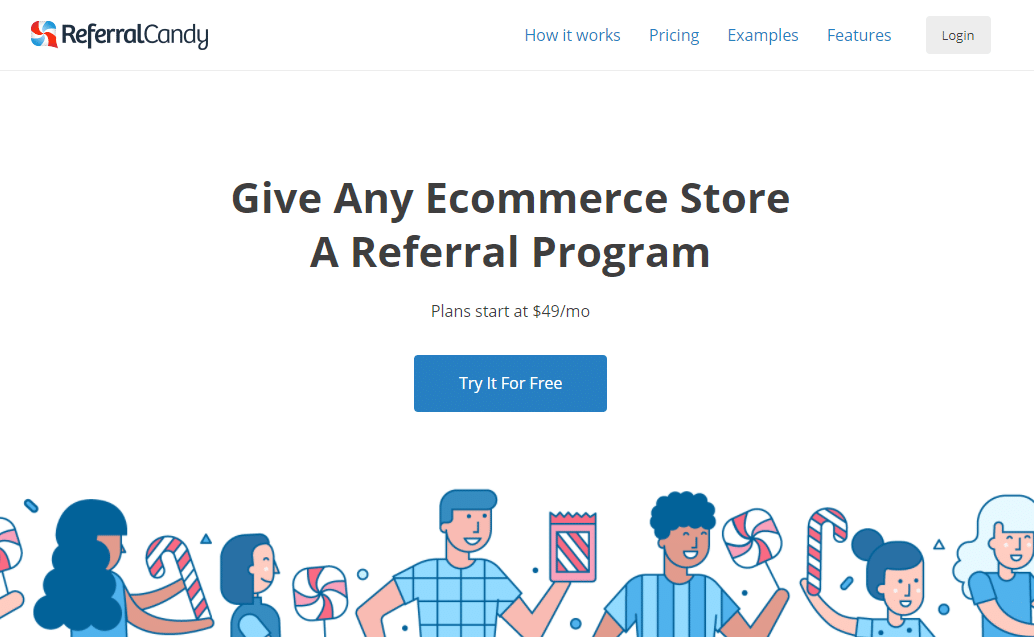


To get started, click “Try it For Free” and connect your email or directly link your Shopify account:
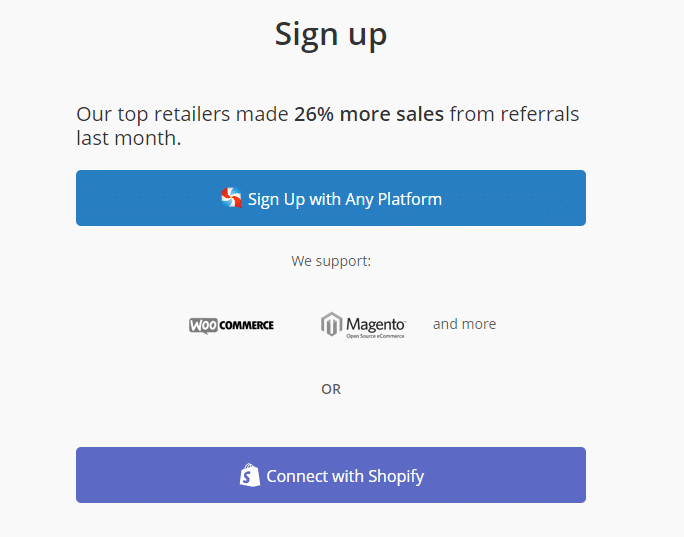


And look at that stat: 26% more sales using the platform.
Simply connect with your ecommerce platform to get started.
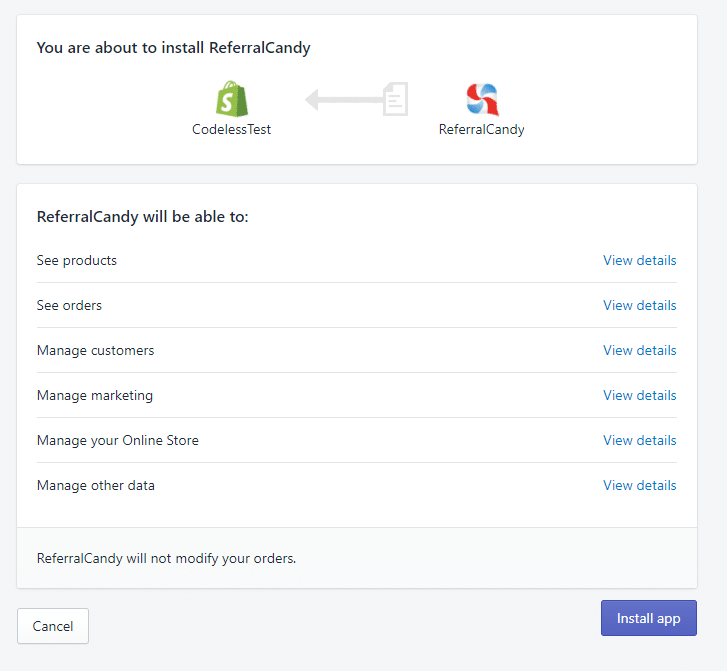


Hit “Install app” to allow ReferralCandy to have access to your Shopify account or ecommerce site.
Once you start to create a new campaign, you’ll have a basic template to start with:
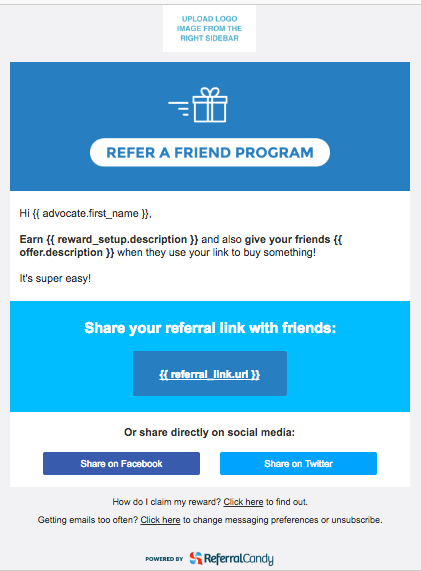


From here, you can edit this to match your branding and company logos.
ReferralCandy is an awesome way to generate tons of referral sales and reward your best customers.
It’s a form of free PR that drives sales without you having to work for them!
What ‘free’ marketing strategies have you used?
You don’t have to spend a boatload of money to drive sales.
In fact, you can get by without spending a single dollar on ads.
For example, Nate was able to quickly scale his company and generate tons of sales primarily through creating unique products and building partnerships.
He also hustled to get as many email sign-ups as possible.
Nate then leveraged that initial audience into referral programs, social media, and organic search.
Are you promoting your business on a zero-dollar ad budget?
What’s working or not working?
Tell us in the comments below!
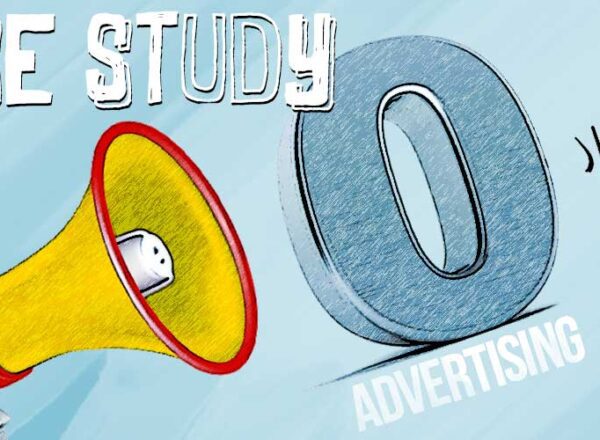
Comments